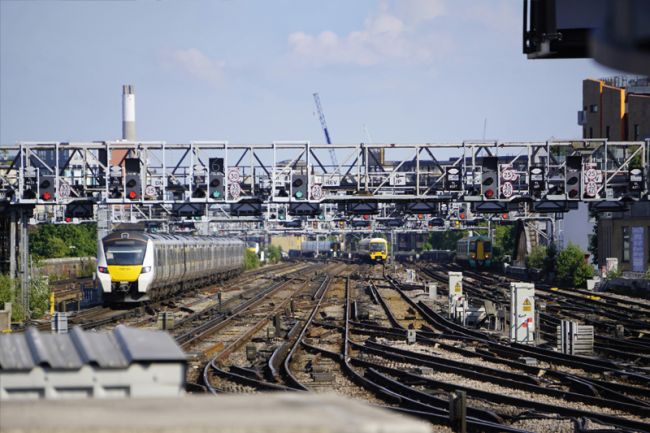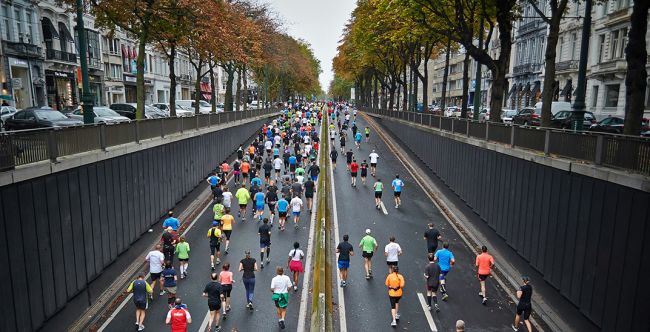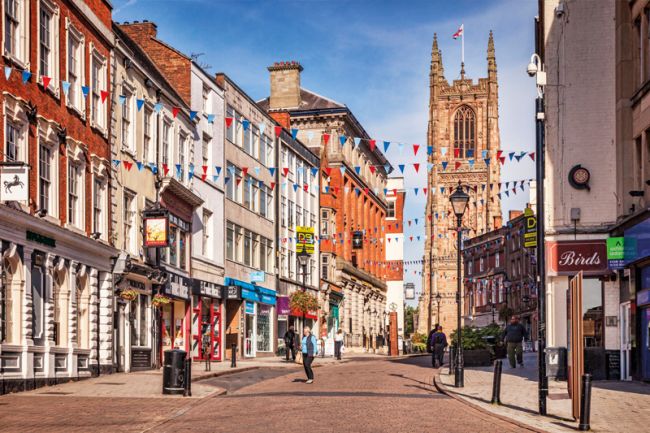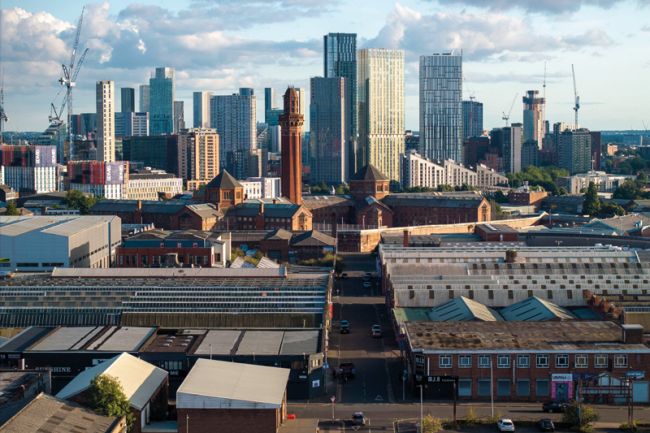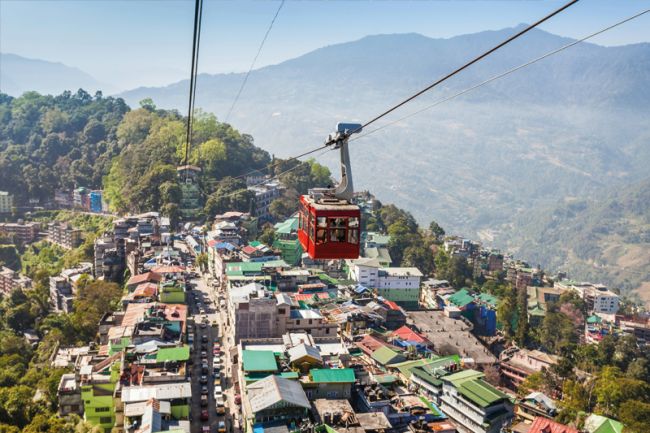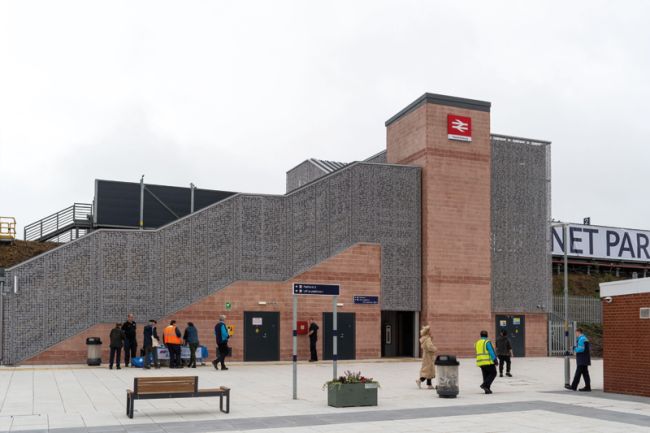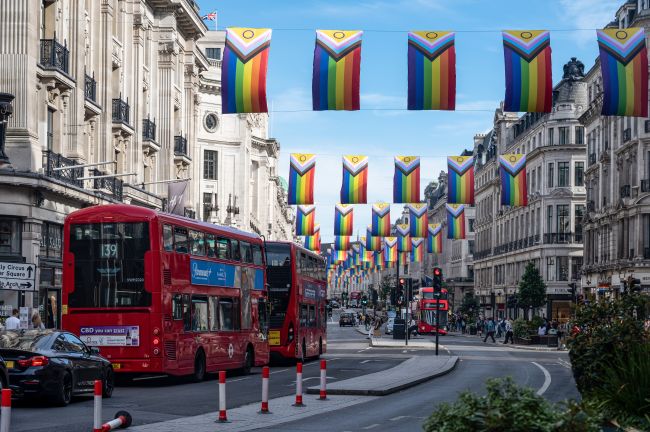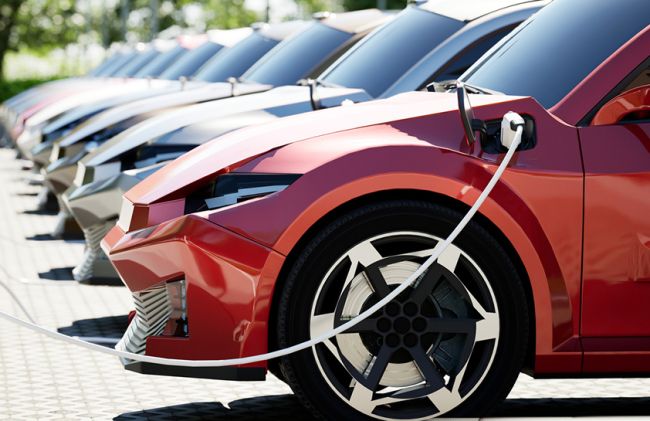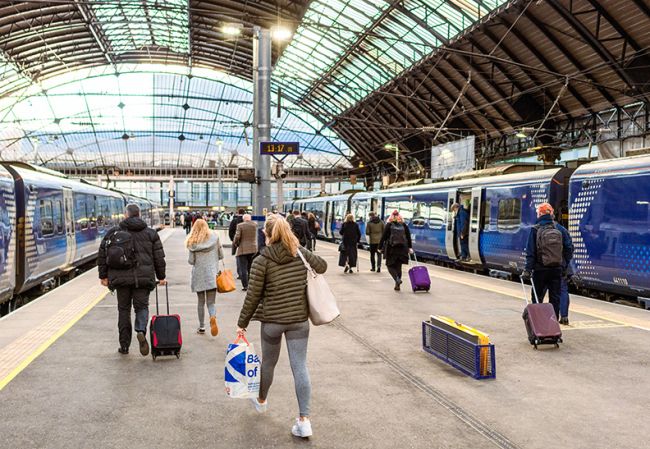Au revoir: Our key takeaways on mobility from the Paris 2024 Olympics
Life in Paris returns to normal as athletes from across the globe head home carrying medals and memories following the 2024 Olympic Games.

With the Olympics and Paralympics over, life in Paris has returned to normal as athletes from across the globe return home carrying medals and memories.
But while Cole Hocker's surprise victory in the men's 1500m race over Norway's Jakob Ingebrigtsen and Great Britain's Josh Kerr or Simone Biles becoming America’s most decorated gymnast in history made the headlines, our dedicated Steer team were on the ground to examine the finer details of the Paris 2024 operation.
The games saw crowds of spectators traversing the famous city and descending on Olympic stadiums, including Stade de France, Roland-Garros Stadium and Parc Des Princes, and ensuring attendees have a safe, convenient and enjoyable experience is no mean feat.
Here, we share some reflections on what went right and where there is room for improvement on Paris 2024’s mobility operation.
Rail capacity
Rail was a great success for the Paris Olympics: it was highly frequent, heavily used, and had excellent levels of service provided across the board. A single guiding mind made transport planning easier: Metro, RER and regional services are all owned by the state. What levers are available during events to boost the capacity of this critical service?
Longer trains: Dependent on vehicle availability and platform lengths, there was little evidence of this in Paris. The solution is generally more suitable for trams and light rail, such as football matches at the Etihad in Manchester.
More trains: The city increased services at peak times by reallocating trains from quieter periods to serve background demand, a process made easier by the annual August exodus of ordinary Paris residents. However, this boost also required careful consideration of maintenance schedules to ensure availability and generous financial incentives for drivers (a bonus of €2500).
Managing train use: Vacationing Parisens made for emptier trains in general, but crowd control in carriages and on platforms made a difference as well. Paris had a mixture of agencies performing this function, from stewarding companies on the Metro to volunteers at Colombes and the operation was made easier with high-visibility clothing, shelter and canopies (that humans naturally gather under) and Paris’s alcohol-free Olympic venue policies.
Flattening the demand peak curve at stations
Regardless of how many trains are running, there is still likely to be a queue, and pinch points such as these can be frustrating for travellers. How can we deal with the demand peak and mitigate the inevitable large numbers of attendees?
Keep the entertainment running: The longer a portion of the audience stays inside the venue, the lower the peak demand. In the Stade de France, the lights and music carried on at the end of the day, which is easy for a single event but not always an option when hosting multiple sessions.
Extend walking routes: People walk at different speeds, so the longer they have to walk to the station, the more spread out the crowds will be at the gateline. The operation at Roland Garros was textbook, guiding spectators to walk three sides of a square to enter the station.
Queue design: Queuing inside stations is risky and increases chances of accidents, hence queueing often takes place outside a station. Design should be safe, easy to understand, and easy for staff to implement. It should provide no chances to skip the queue and still allow background demand to enter and exit the station. Our consultants had mixed reviews of queue management at Stade de France and Bercy, but Colombes came out on top with a well-barriered ‘Disney queue’ feeding both entrances to the station, signage informing the crowd of likely wait times, and volunteers to keep spirits high.
Touchpoints
Spectator journeys do not start at the train station nor even at the hotel, they start online. How effective was the communications strategy in Paris?
Paris 24 built a bespoke journey planner and integrated it with intuitive-to-use third parties such as Citymapper, giving the organisers an element of control. Neither the app nor Citymapper recommended travelling to Stade de France via the closest station, La Plaine (RER B), in a deliberate attempt to spread demand. What are some key things on touchpoints to remember, and how did Paris 2024 perform?
Integrate the apps: It is really frustrating for a user to have to download three apps for the same event, and integration will make for a more user-friendly experience.
Physical signage: The pink branding of Paris 2024’s signage was very easy to spot against the Paris landscape, with only small issues across the six venues that we attended, such as positioning of signs at head height and the sizing of text. This is no small achievement, given how hard it is to install and maintain signs across an entire city for two weeks with only minor mistakes.
Staff and volunteers: These were excellent across the piece, with good integration between different agencies, all of whom understood the operation beyond their narrow role in it. Volunteers were proactive and multilingual at stations and beyond. They also enjoyed themselves, which implies good shift and welfare management.
For more information on our major events mobility advisory or to discuss a specific project, please contact Simon Hall or Ed Robinson.

